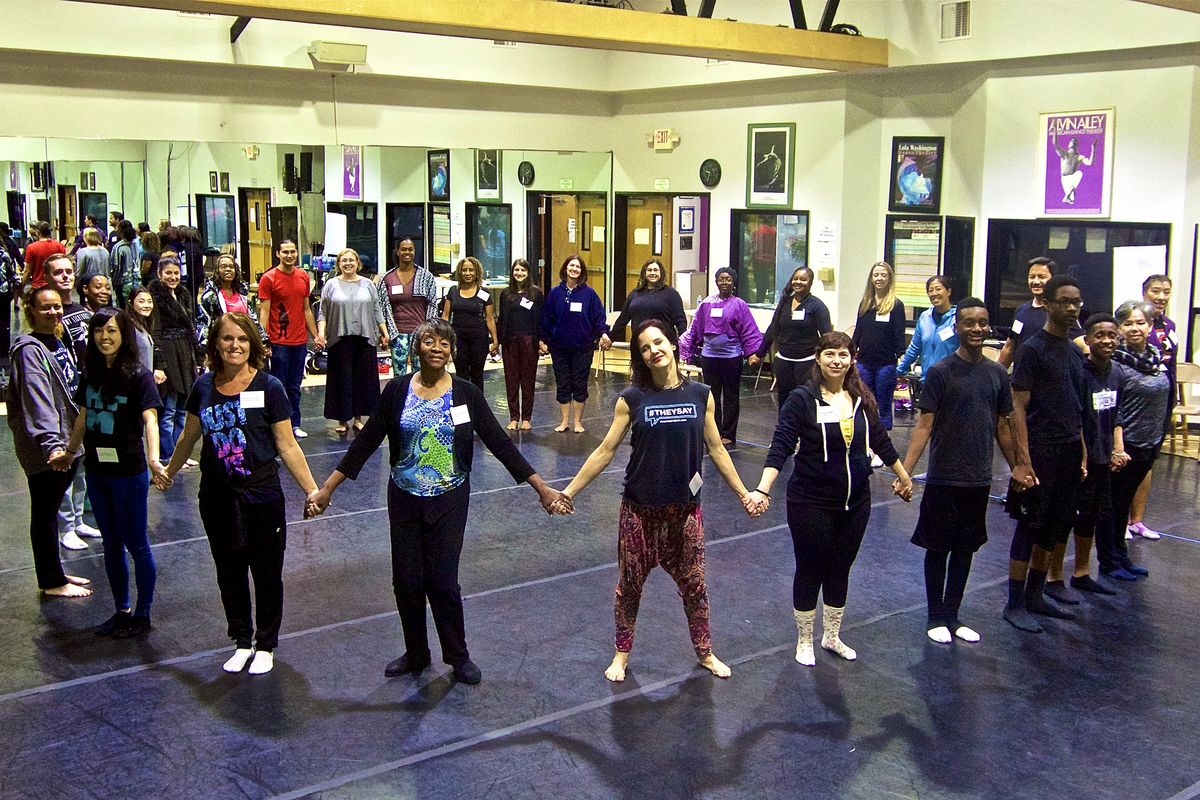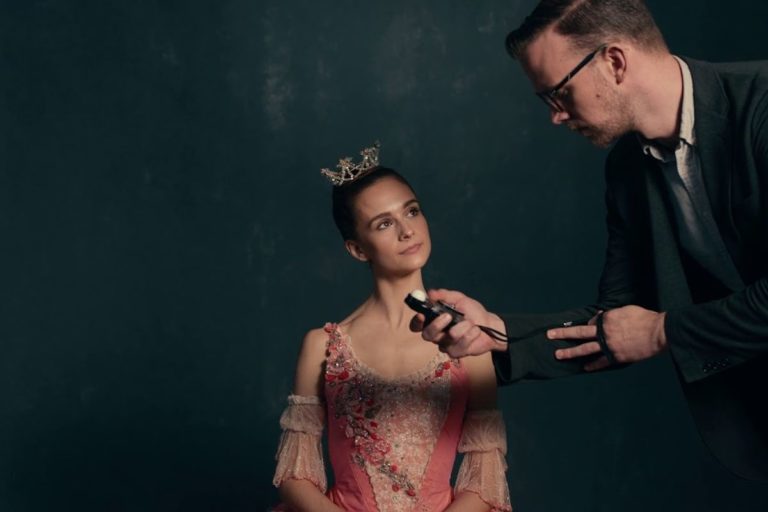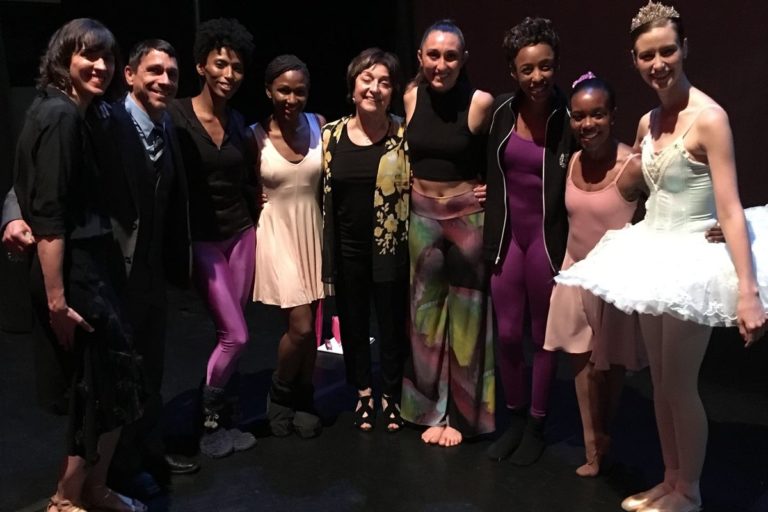
“It’s amazing that we’re still here,” says Shana Habel, arts advocate and dance advisor for the Los Angeles Unified School District. “The arts education branch of LAUSD has a lot of support for what we’re doing, but that support can’t always translate into funding, because the money’s just not there. I tell teachers that the best advocacy we can do is to teach well.”
In a city better known for Hollywood films than concert dance, the struggle to find funding for dance education probably doesn’t come as a surprise. In spite of this, dance thrives in L.A. public schools, due in large part to Habel, the district’s fervent champion for dance. As dance advisor for the second-largest school district in the country, Habel supports teachers in providing high-quality dance education and has advocated for the role of dance in a comprehensive K–12 program since her appointment in 2006. “I feel that I have this great opportunity to carry on the tradition in dance education that honors the philosophy that dance is for everyone,” she says. Because of Habel’s curriculum and professional-development initiatives and her unwavering support for the teachers she oversees, LAUSD stands out as a model for K–12 dance education nationwide.
A Teacher First
Armed with a bachelor’s in dance education from Brigham Young University, a master’s in dance history from University of Utah and a passion for teaching, Habel moved to Los Angeles in 1998. She was one of the first seven “itinerant” dance teachers hired by the Los Angeles Unified School District in 1999 when the program began. With close to 300,000 elementary-age students at more than 500 elementary schools in LAUSD, the itinerant teachers reached only a fraction of the students, but it was a start. “We’d be at a different elementary school each day,” she says. “We developed curriculum, which was something that I loved and I felt I’d been well-trained for through my Utah experience.” Habel stayed in the program for seven years until she was asked to become the district’s dance advisor in 2006.
Her transition to administrator went smoothly, she says, because she so strongly identifies with the teachers she oversees. “When there are people you’ve been teaching with for years and all of a sudden you need to speak with them through another lens—it could have been difficult,” she says. “But it hasn’t been hard for me. It’s about maintaining perspective about why we’re there—to help and support.”
She is one of four discipline-specific advisors in the district’s arts education branch. Habel oversees the program’s now 41 itinerant dance teachers—hiring them, creating their schedules and evaluating them. She also works closely with the district’s 70 full- and part-time secondary dance teachers.
Creation, Support and Advocacy
In her role as advisor, Habel has worked to develop the district’s elementary- and secondary-level dance instructional guides, which draw from the very first lessons she and her colleagues created as itinerant teachers. “Everything was standards-based and developmentally appropriate from the beginning,” she says. “But there are a thousand ways I can teach you about pathways for third-graders. As it grew, everyone added their own personality and strength to sharing those concepts.” Habel preserved that flexibility in the instructional guides. “It’s a framework with grade-level benchmarks along the way, so that everybody knows there are certain things we want to hit at each level. We want to make sure our kindergartners are working with opposites and our fifth-graders are talking about simple form and structure. But within that framework, everyone can bring their own magic to it—otherwise it wouldn’t be creative,” she says.
Habel sees herself as a resource and a support system for the district’s teachers, both dance and classroom. She meets with the itinerant teachers once a month to check in. If any teacher gets stuck, Habel will come to their class to help. For the district’s secondary-school dance teachers, she holds an annual professional-development program, provides resources on the district’s arts website and connects the teachers with the community events. “I really try to be a presence so they know that there’s someone there for them,” she says.
LAUSD has a program in which teachers can increase their salary by earning “points” through continuing education. Five years ago, Habel designed a course for this program on arts integration in the classroom. It’s been so popular that she has held it three times a year ever since. “I work with teachers from different subject areas and grade levels,” she explains, “talking about how we can bring dance into the classroom.” The next step? Habel is training the district’s dance teachers to lead the course.
Keeping Dance Important
Habel is currently working to create partnerships in the Los Angeles community to increase access to the arts and offer more creative opportunities to the students. “By getting everybody together, both our credentialed teachers and our community partners, we’re going to keep the arts in the lives of kids,” she says.
“I really love my job,” she says. “Postmodern choreographer Rudy Perez did a workshop for us. He said to me, ‘Shana, you just have to keep dance important.’ I want to do my part, to keep it important. And I want the teachers to feel like they are doing something worthwhile and valuable, carrying on a tradition.”



